CONTENTS
Preface
Acknowledgments
Author
Part I Introduction
1. Introduction and Overview
Part II Context of Safety-Critical Software Development
2. Software in the Context of the System
3. Software in the Context of the System Safety Assessment
Part III Developing Safety-Critical Software Using DO-17
4. Overview of DO-178C and Supporting Documents
5. Software Planning
6. Software Requirements
7. Software Design
8. Software Implementation: Coding and Integration
9. Software Verification
10. Software Configuration Management
11. Software Quality Assurance
12. Certification Liaison
Part IV Tool Qualification and DO-178C Supplements
13. DO-330 and Software Tool Qualification
14. DO-331 and Model-Based Development and Verification
15. DO-332 and Object-Oriented Technology and Related Techniques
16. DO-333 and Formal Methods
Part V Special Topics
17. Noncovered Code (Dead, Extraneous, and Deactivated Code)
18. Field-Loadable Software
19. User-Modifiable Software
20. Real-Time Operating Systems
21. Software Partitioning
22. Configuration Data
23. Aeronautical Data
24. Software Reuse
25. Reverse Engineering
26. Outsourcing and Offshoring Software Life Cycle Activities
Appendix A: Example Transition Criteria
Appendix B: Real-Time Operating System Areas of Concern
Appendix C: Questions to Consider When Selecting a Real-Time Operating System for a Safety-Critical System
Appendix D: Software Service History Questions
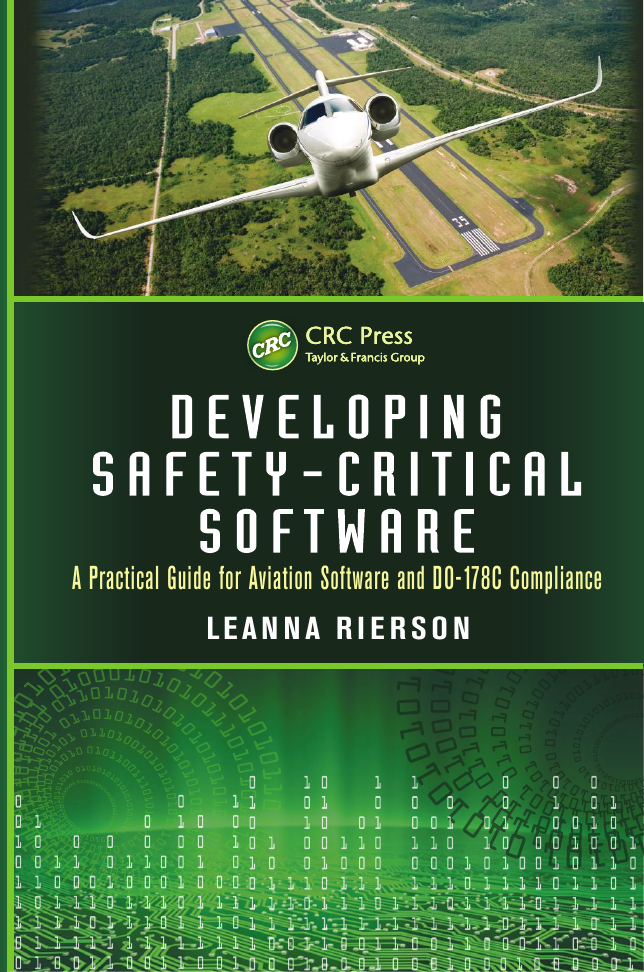
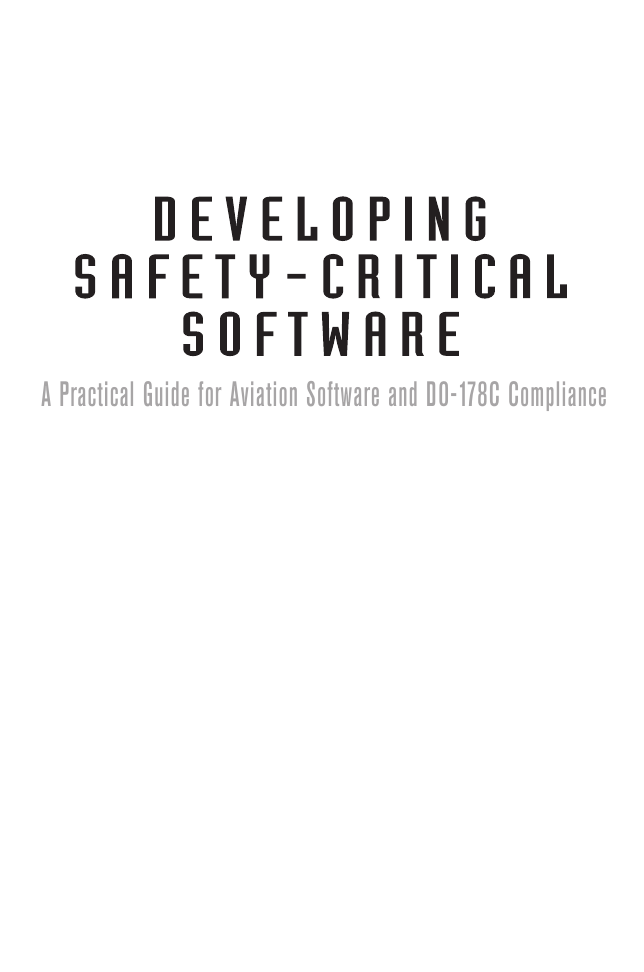

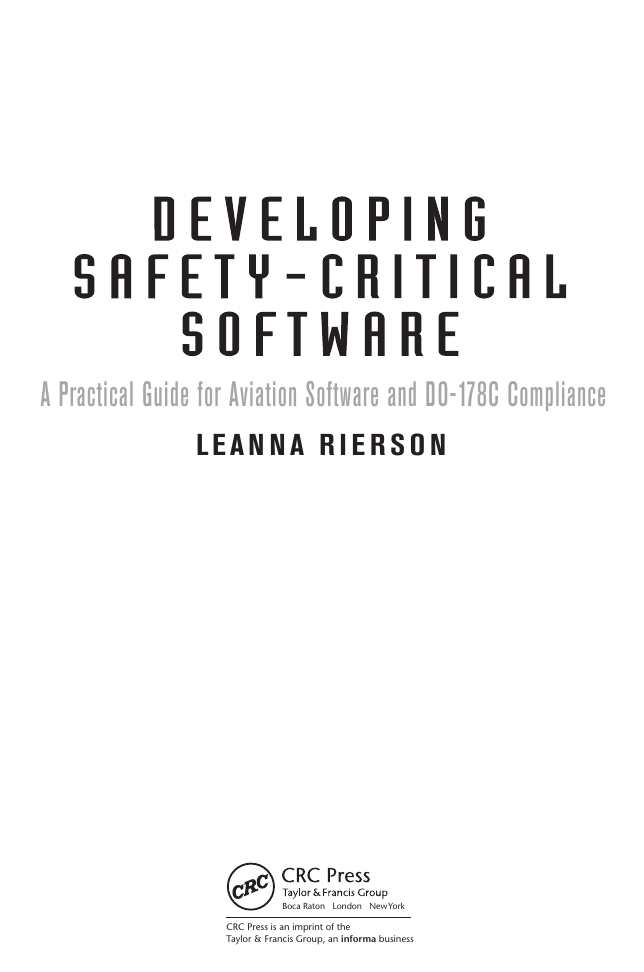
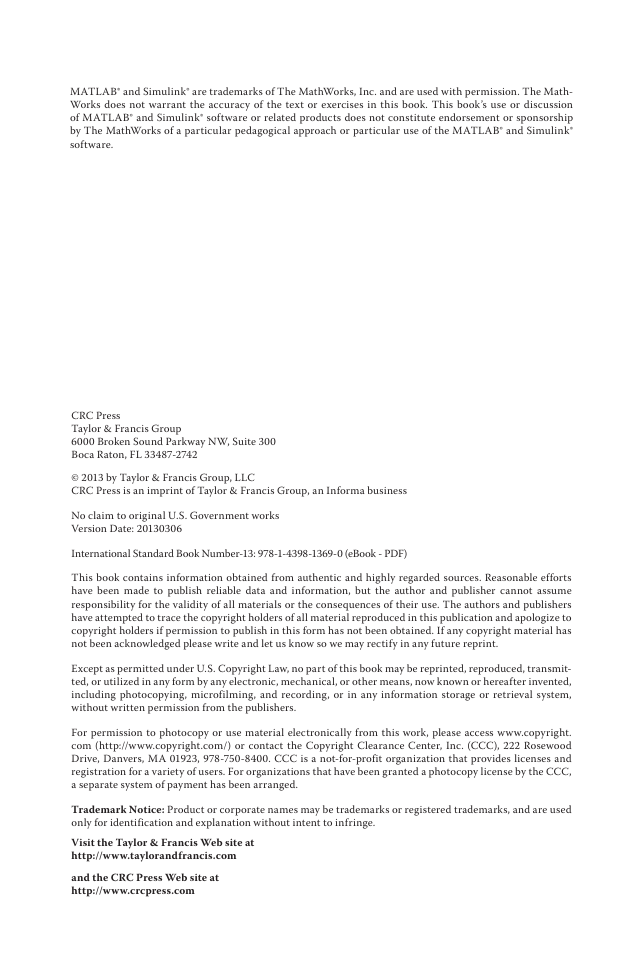


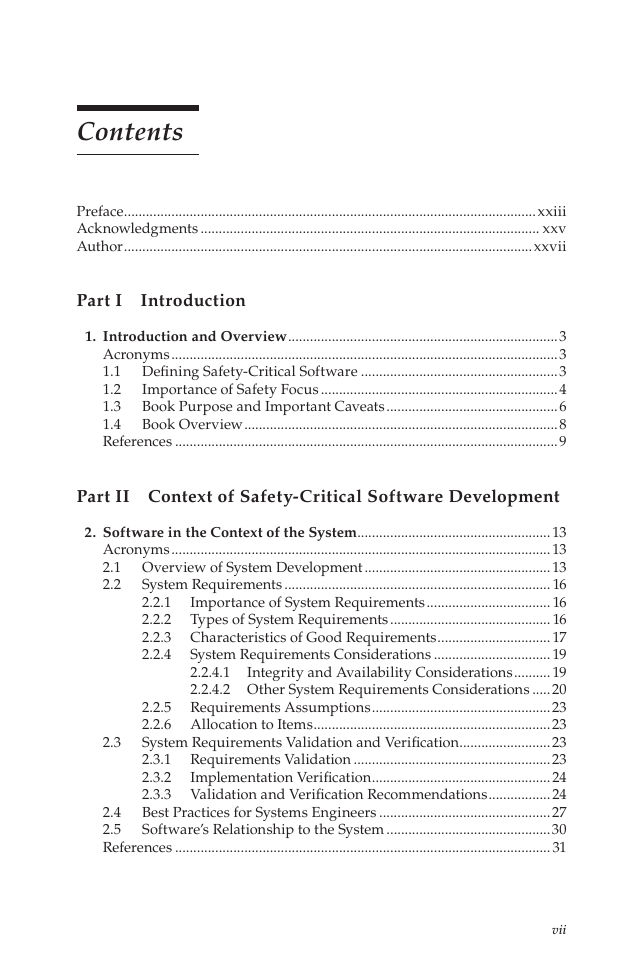








 2023年江西萍乡中考道德与法治真题及答案.doc
2023年江西萍乡中考道德与法治真题及答案.doc 2012年重庆南川中考生物真题及答案.doc
2012年重庆南川中考生物真题及答案.doc 2013年江西师范大学地理学综合及文艺理论基础考研真题.doc
2013年江西师范大学地理学综合及文艺理论基础考研真题.doc 2020年四川甘孜小升初语文真题及答案I卷.doc
2020年四川甘孜小升初语文真题及答案I卷.doc 2020年注册岩土工程师专业基础考试真题及答案.doc
2020年注册岩土工程师专业基础考试真题及答案.doc 2023-2024学年福建省厦门市九年级上学期数学月考试题及答案.doc
2023-2024学年福建省厦门市九年级上学期数学月考试题及答案.doc 2021-2022学年辽宁省沈阳市大东区九年级上学期语文期末试题及答案.doc
2021-2022学年辽宁省沈阳市大东区九年级上学期语文期末试题及答案.doc 2022-2023学年北京东城区初三第一学期物理期末试卷及答案.doc
2022-2023学年北京东城区初三第一学期物理期末试卷及答案.doc 2018上半年江西教师资格初中地理学科知识与教学能力真题及答案.doc
2018上半年江西教师资格初中地理学科知识与教学能力真题及答案.doc 2012年河北国家公务员申论考试真题及答案-省级.doc
2012年河北国家公务员申论考试真题及答案-省级.doc 2020-2021学年江苏省扬州市江都区邵樊片九年级上学期数学第一次质量检测试题及答案.doc
2020-2021学年江苏省扬州市江都区邵樊片九年级上学期数学第一次质量检测试题及答案.doc 2022下半年黑龙江教师资格证中学综合素质真题及答案.doc
2022下半年黑龙江教师资格证中学综合素质真题及答案.doc